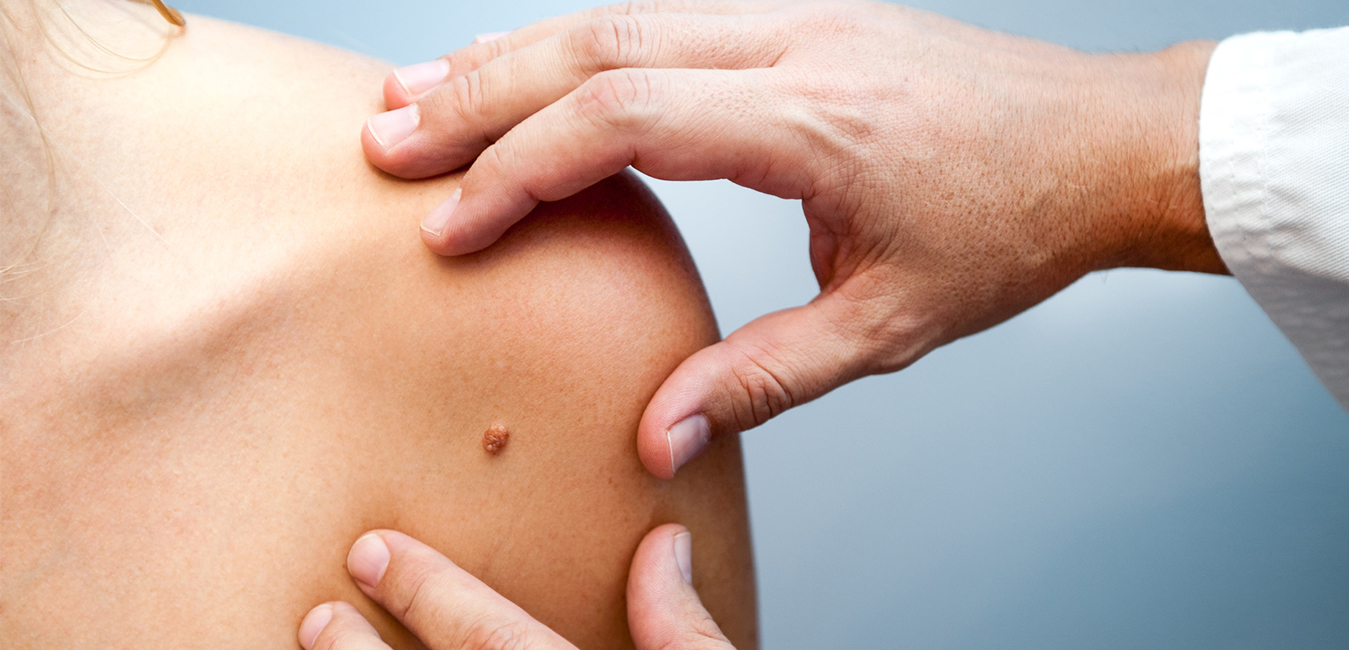1. Androgenetic alopecia
This is also known as male or female pattern baldness and is the commonest cause of hair loss and can occur both in men and women. This is a hereditary condition and often runs in families. It is due to the action of the hormone dihydrotestosterone acting on the hair follicles, causing it miniaturize or shrink progressively. This often started after the pubertal years (age over 20 years old).
2. Telogen effluvium
This is a diffuse hair loss that occurs about 2 to 4 months after a peroid of stressful insult on the body. This can occur after high fever, viral infections, a crash diet, physical or emotional stress and childbirth. The hair loss is due an increase shift of hairs to the telogen phase or falling phase. This hair fall will usually improve over a few months.
3. Chronic illness
Certain illnesses like thyroid disease, autoimmune disease (eg. Systemic lupus erythematosus), iron deficiency and syphilis can also lead to hair fall. These should be screened for with blood tests if suspected.
4. Alopecia areata
This a form of hair loss which appears as distinct coin-shaped bald patches on the scalp. This can also occur on beard area, eyebrow area and any hair-bearing areas of the body can also be affected. This is due to the body’s immune system attacking the hair follicles.
5. Trichotillomania
This is a self-inflicted hair loss and is due to the individual pulling out their own hairs. This may be triggered by stress.
6. Traction alopecia
This occurs at the hairlines and is due to pulling the hair too tightly when it is tied up into a pony tail or braiding the hair. The traction on the hair cause the hair loss.
7. Drug-induced hair loss
Some drugs are known to cause hair loss. These include chemotherapy drug and other systemic oral medications.
8. Scarring alopecia
This is an irreversible hair loss when there is hair loss with destruction of the hair follicle. This leads to a permanent patch of hair loss. This can be due to infections from bacterial and fungus and other inflammatory skin diseases.


